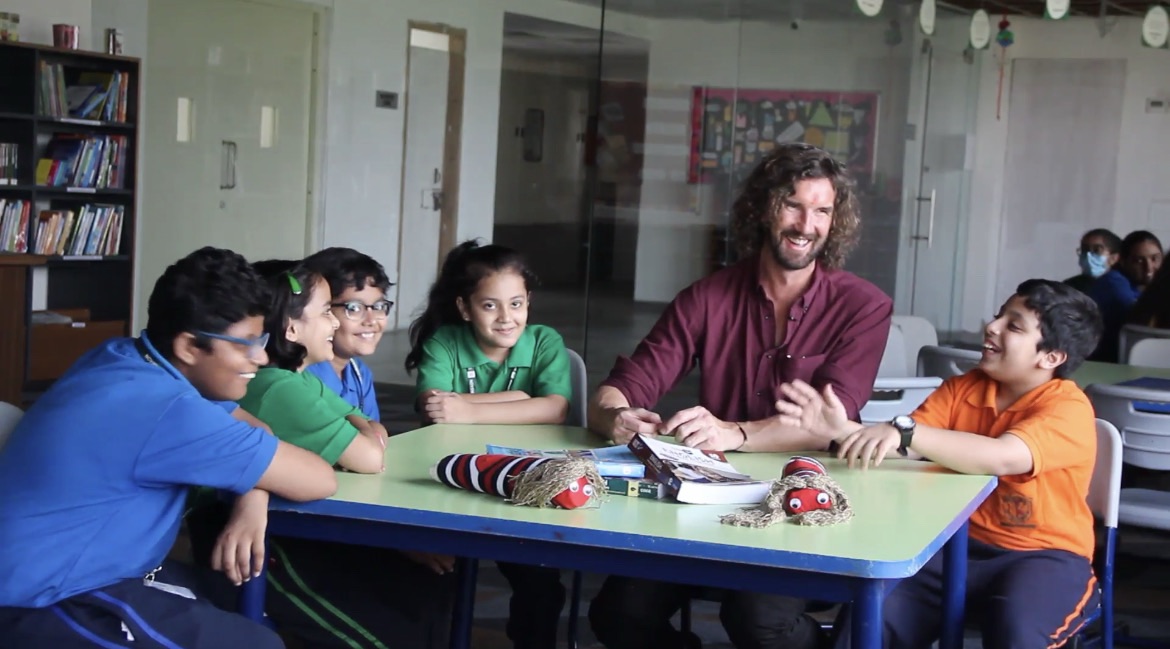The human brain is an extraordinary organ, constantly bombarded with sensory information, yet capable of focusing on what truly matters. At the heart of this process lies the Reticular Activating System (RAS), a small but mighty network in the brainstem that acts as a filter for incoming information. Understanding how the RAS works can transform the way we teach, helping us capture students’ attention, sustain their engagement, and make learning more impactful.

Let’s explore how the RAS works and how you can harness its power to enhance your teaching techniques.
What is the RAS, and Why Does It Matter in Education?
The RAS serves as the brain’s gatekeeper, deciding which stimuli to prioritise and which to ignore. It helps us focus on what’s relevant, such as the sound of someone calling our name in a crowded room, while filtering out background noise. For teachers, this means the RAS is a key player in helping students focus and engage.
But here’s the catch: the RAS doesn’t just process anything that comes its way. It prioritises information based on novelty, relevance, and emotional significance. By aligning your teaching strategies with these principles, you can create a classroom environment that naturally draws students’ attention and keeps them engaged.
Strategies to Activate the RAS in Your Classroom
1. Capture Attention with Novelty
The brain loves surprises. The RAS is hardwired to notice anything new or unexpected, which makes novelty a powerful tool in the classroom.
• Try This: Start your lesson with a surprising fact, a thought-provoking question, or a visual prop. For example, when teaching about the solar system, begin with, “Did you know that a day on Venus is longer than a year on Venus?”
• Why It Works: Novelty triggers curiosity, making students eager to explore the topic further.
2. Make Learning Relevant
The RAS filters information based on its importance to the individual. If students see how a lesson connects to their lives, they are more likely to focus and retain information.
• Try This: Show practical applications of your lesson. In a maths class, explain how fractions are used in baking or dividing pizza. In science, discuss how understanding the water cycle helps farmers grow crops.
• Why It Works: Relevance helps students see the value in what they’re learning, activating their intrinsic motivation.
3. Engage Emotions
The RAS is deeply influenced by emotional significance. When students feel emotionally connected to a topic, they are more likely to engage and remember it.
• Try This: Share a personal story, use humour, or discuss the emotional impact of a topic. For instance, when teaching about climate change, tell a story about a community affected by rising sea levels.
• Why It Works: Emotional connections create lasting memories and deepen engagement.
4. Reduce Overload with Clear Structure
An overstimulating environment can overwhelm the RAS, making it difficult for students to focus.
• Try This: Simplify your classroom environment. Use clean, organised visuals and avoid cluttered bulletin boards. Break lessons into smaller chunks to make them more digestible.
• Why It Works: A focused environment helps the RAS filter distractions, allowing students to concentrate on the task at hand.
5. Leverage Curiosity with Questions
The RAS is naturally drawn to mysteries and unresolved questions.
• Try This: Start your lesson with an open-ended question, such as, “What if gravity didn’t exist?” Encourage inquiry-based learning by letting students explore their own questions.
• Why It Works: Questions activate the RAS by stimulating curiosity, keeping students engaged throughout the lesson.
6. Build Emotional Safety
Stress can overload the RAS, blocking learning, while a safe and supportive environment optimises attention.
• Try This: Foster a positive classroom culture where students feel valued and respected. Use encouragement rather than criticism, and ensure mistakes are seen as opportunities to learn.
• Why It Works: When students feel safe, their RAS prioritises learning rather than survival, opening the door to creativity and focus.
7. Use Repetition and Routine
The RAS learns through repetition, making routines an effective way to signal the brain to focus.
• Try This: Begin each class with a consistent warm-up activity, such as a quick review question or a mindfulness exercise.
• Why It Works: Routines prime the RAS, helping students transition into a learning mindset.
Practical Example: Teaching the Water Cycle
Imagine you’re teaching the water cycle. Here’s how you can apply these RAS strategies:
1. Novelty: Start with a dramatic video of a storm or a striking question like, “What if it never rained again?”
2. Relevance: Connect the cycle to daily life, such as how rain fills reservoirs or helps crops grow.
3. Emotional Engagement: Share a story about a drought and its impact on a community.
4. Clear Structure: Use a simple diagram and break the cycle into clear stages.
5. Curiosity: Ask, “Where does the water in a cloud come from?” and let students investigate.
Why This Matters
By aligning your teaching with the principles of the RAS, you can create a classroom where students are naturally attentive, curious, and engaged. Instead of competing with distractions, you’ll work with the brain’s natural processes to make learning stick.
Teaching is an art and a science, and understanding the brain’s inner workings can take your practice to the next level. The RAS isn’t just a fascinating piece of neuroscience—it’s a bridge to better learning. So, next time you step into the classroom, think about how you can awaken the RAS and watch your students thrive.
In Summary
The Reticular Activating System is your hidden ally in the classroom. By capturing attention with novelty, engaging emotions, creating relevance, and reducing distractions, you can turn ordinary lessons into unforgettable experiences. As educators, we have the power to shape not only what students learn but how they feel about learning—and the RAS is a key to unlocking that potential.








